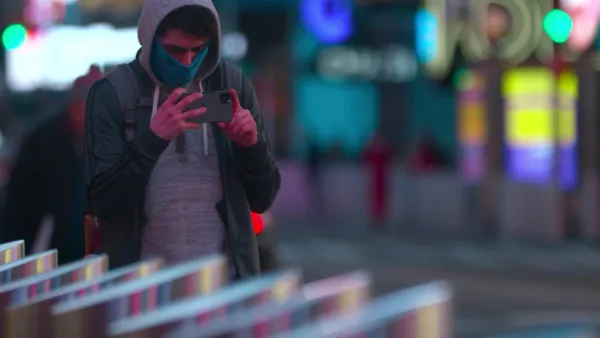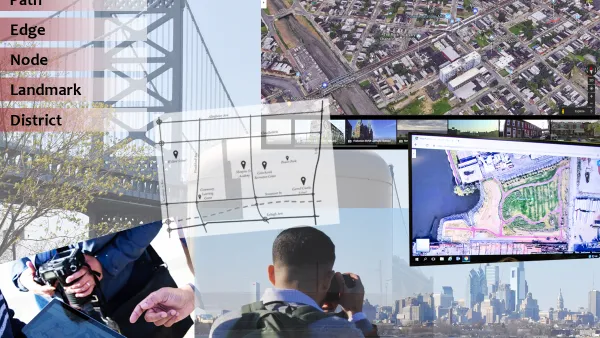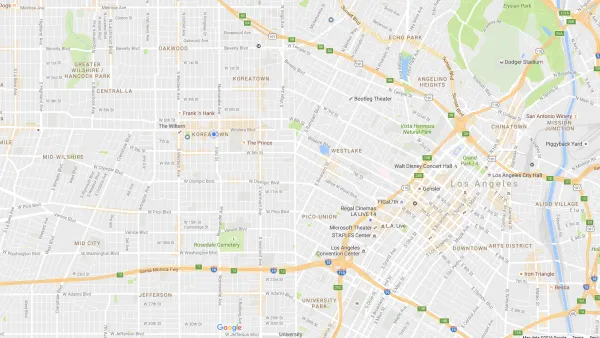Are smartphones supplementing the capacity of humans to think spatially, such that future generations might lose fundamental cognitive abilities?
"The rise in mobile navigation technology has, in just a few years, transformed the way we get around cities," writes Henry Gabar. "In 2011, 35 percent of Americans had smartphones; by 2013, that had grown to 61 percent." Moreover, "[three]-quarters of those people now use their phones for directions and location-based services. One in five Americans used the Google Maps app in June; one in eight used Apple Maps. Tens of millions more rely on car-based modules hitched to the satellites of the Global Positioning System."
The question pondered by Gabar is whether humans stand to lose very valuable brainpower in letting their phones take over so much navigation work. "Experts who study the issue are concerned that spatial thinking might be the next casualty of technological progress, another cognitive ability surpassed and then supplanted by the cerebral annex of the Internet….They worry we may become, as a society, what the Japanese call hōkō onchi—deaf to direction."
The longish-read article includes comparisons to the advancements in 19th century cartography that inspired similar fears at the time, as well as the counter argument that the rich data and context-filling capabilities of contemporary maps could actually increase spatial consciousness.
FULL STORY: Smartphones and the Uncertain Future of 'Spatial Thinking'

Analysis: Cybertruck Fatality Rate Far Exceeds That of Ford Pinto
The Tesla Cybertruck was recalled seven times last year.

National Parks Layoffs Will Cause Communities to Lose Billions
Thousands of essential park workers were laid off this week, just before the busy spring break season.

Retro-silient?: America’s First “Eco-burb,” The Woodlands Turns 50
A master-planned community north of Houston offers lessons on green infrastructure and resilient design, but falls short of its founder’s lofty affordability and walkability goals.

Test News Post 1
This is a summary

Analysis: Cybertruck Fatality Rate Far Exceeds That of Ford Pinto
The Tesla Cybertruck was recalled seven times last year.

Test News Headline 46
Test for the image on the front page.
Urban Design for Planners 1: Software Tools
This six-course series explores essential urban design concepts using open source software and equips planners with the tools they need to participate fully in the urban design process.
Planning for Universal Design
Learn the tools for implementing Universal Design in planning regulations.
EMC Planning Group, Inc.
Planetizen
Planetizen
Mpact (formerly Rail~Volution)
Great Falls Development Authority, Inc.
HUDs Office of Policy Development and Research
NYU Wagner Graduate School of Public Service




























